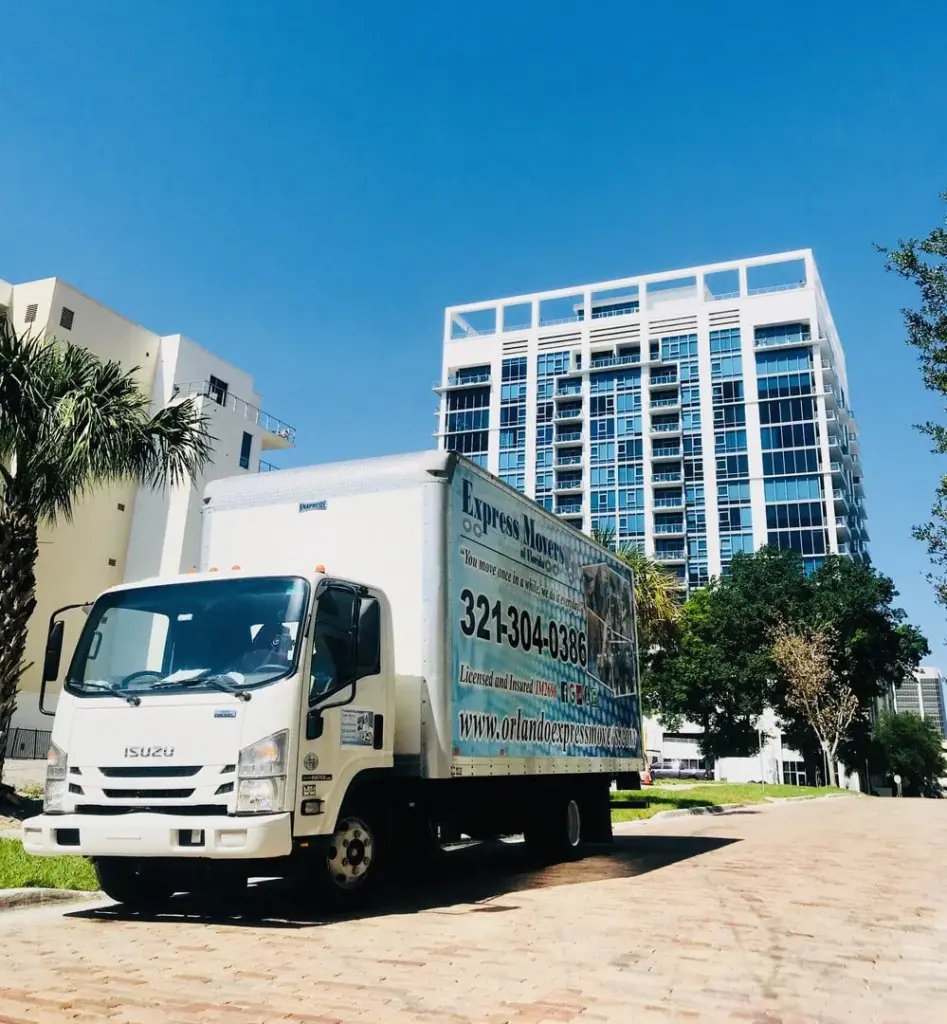In the past, moving decisions were mostly about jobs, family, or lifestyle. But in 2025, one new factor is rapidly reshaping where people live: climate change. Record-breaking wildfires, hurricanes, floods, and heat waves have made “climate-driven moves” one of the biggest relocation trends of the decade. Families and businesses alike are packing up and heading to places they feel are safer, cooler, or more stable.
For moving companies, this shift presents both a challenge and an opportunity. Moves prompted by climate events tend to be urgent, emotional, and logistically complex. Here’s what’s happening, why it matters, and how movers can prepare.
The New Reality: Climate Migration in America
Until recently, climate migration was something people associated with far-off regions or developing countries. Now it’s a domestic reality. Cities like Miami, Phoenix, and New Orleans—once magnets for growth—are seeing net out-migration linked to rising insurance premiums, property damage risk, and worsening heat or storm seasons.
Meanwhile, inland and northern areas—from the Great Lakes to New England—are gaining “climate migrants.” These moves aren’t just about comfort; they’re about survival and long-term security. Families are asking themselves questions like: “Will this house still be insurable in ten years?” or “Can I handle 120-degree summers?”

Why These Moves Are Different
A move triggered by a job change often comes with months of planning. A move triggered by a wildfire or hurricane evacuation can happen in days or even hours. Even slower-moving climate risks, like repeated flooding, shorten planning timelines and increase stress.
For moving companies, that means:
• Last-minute bookings instead of long lead times
• Customers needing temporary storage because their new housing isn’t ready
• High emotional stakes—clients are often anxious, displaced, or under financial strain
This creates an urgent need for flexible, empathetic services.
How Moving Companies Are Adapting
The moving industry is responding to climate migration in several ways:
1. Flexible Scheduling and Rapid Response
Movers are building emergency slots into their calendars or offering “climate relocation” packages designed for quick turnarounds.
2. Partnerships with Storage Providers
Since climate-driven moves often happen before a permanent home is found, movers are teaming up with storage facilities to create seamless short- or long-term storage solutions.
3. Specialized Packing
Flood-proof containers, climate-controlled trucks, and extra insurance options are becoming more common.
4. Insurance Guidance
While movers aren’t insurers, many now educate customers on what moving insurance does (and doesn’t) cover in climate-related scenarios.
What Families Can Do to Prepare
If you’re considering a climate-driven move—or you’ve been forced into one—planning ahead can make a big difference:
• Document everything early. Make an inventory of valuables before disaster season hits.
• Pack an emergency moving kit. Include essentials, documents, medications, and pet supplies.
• Research “receiver” cities. Look for areas with lower climate risk, stable insurance markets, and good infrastructure.
• Ask about emergency moving packages. Some companies now advertise them specifically.
A proactive approach can turn a frantic move into a managed one.
Where People Are Moving
It’s not just speculation. Data from insurance companies, rental platforms, and moving firms show clear patterns. States like Vermont, Maine, and parts of the Midwest are experiencing net in-migration tied to climate concerns. Some are branding themselves as “climate havens,” marketing stable weather and plentiful water supplies.
For moving companies, understanding these corridors—where people are leaving and where they’re going—can help with fleet placement, advertising, and staffing.
Business and Corporate Moves
It’s not just families.
Businesses are also relocating data centers, warehouses, and even headquarters to avoid climate risk. This creates opportunities for moving companies that handle commercial relocations. Packing and moving sensitive equipment out of disaster-prone areas requires skill and specialized insurance.
Companies that market themselves as climate-savvy movers will have an edge in this growing niche.
The Emotional Side
Moving is always emotional, but climate-driven moves often carry an extra layer of grief. People may be leaving homes they’ve loved for decades, neighborhoods that no longer feel safe, or communities that have been hit repeatedly by disasters.
For movers, a little empathy goes a long way. Simple things—like clear communication, calm reassurance, and respectful handling of possessions—can set your company apart.

Looking Ahead
Climate-driven moves are unlikely to slow down. Insurance costs, mortgage restrictions in high-risk areas, and more frequent disasters will continue pushing people to new locations. The moving companies that thrive will be the ones that:
• Anticipate and prepare for short-notice moves
• Offer storage and flexible contracts
• Train staff to handle high-stress, high-emotion customers
• Understand the geography of climate migration
What was once considered a niche service—emergency relocations—may soon become a mainstream part of the moving industry.
In 2025, the reasons people move are changing. Jobs and family still matter, but so does climate. For families, this means making hard choices about where to live and when to leave. For moving companies, it means adapting to a new kind of customer—one who may be making the biggest decision of their life under stressful circumstances.
Handled right, these moves can be more than a scramble; they can be a new start in a safer place. Moving companies that position themselves as partners in that process—not just service providers—will be the ones people trust as climate migration accelerates.
